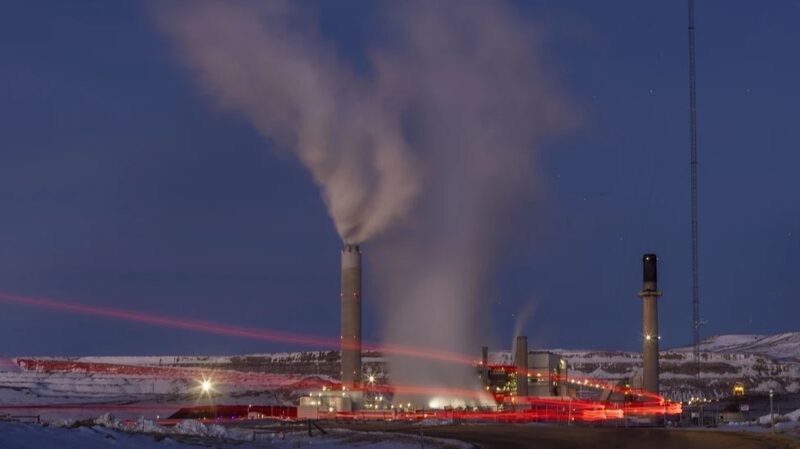Hold onto your lab coats, science fans! China's next-gen 'artificial sun' – the Huanliu-3 (HL-3) tokamak – just leveled up its fusion game with shiny new digital twin technology. Imagine a real-time holographic assistant helping scientists control star-level energy – that's exactly what's cooking in Sichuan! 🔥
This week, the China National Nuclear Corporation (CNNC) unveiled their homegrown 'super eye' system that creates a virtual copy of HL-3's ultra-sensitive vacuum chamber. Why does this matter? Because maintaining this plasma-filled donut shape requires precision hotter than your morning coffee ritual ☕️ – we're talking million-degree physics here!
Why Digital Twins Are Fusion's New BFF
The new tech acts like a TikTok livestream for nuclear reactions, letting researchers:
• Monitor chamber conditions in real-time
• Predict potential hiccups faster than you can say 'magnetic confinement'
• Create the perfect environment for sustainable energy breakthroughs
Global Science Squad Unites 🌐
After opening its doors to international partners in 2023, HL-3's first global experiments this year brought together brainpower from France's Alternative Energies and Atomic Energy Commission to Japan's National Institute for Fusion Science. Together, they cracked a revolutionary magnetic field structure – like discovering a new cheat code for plasma control! 🎮
As CNNC researchers gear up for more experiments, this fusion milestone could light the way toward unlimited clean energy. Who needs sunlight when science keeps burning this bright? 🔥
Reference(s):
China's 'artificial sun' starts new experiments with digital twin tech
cgtn.com





